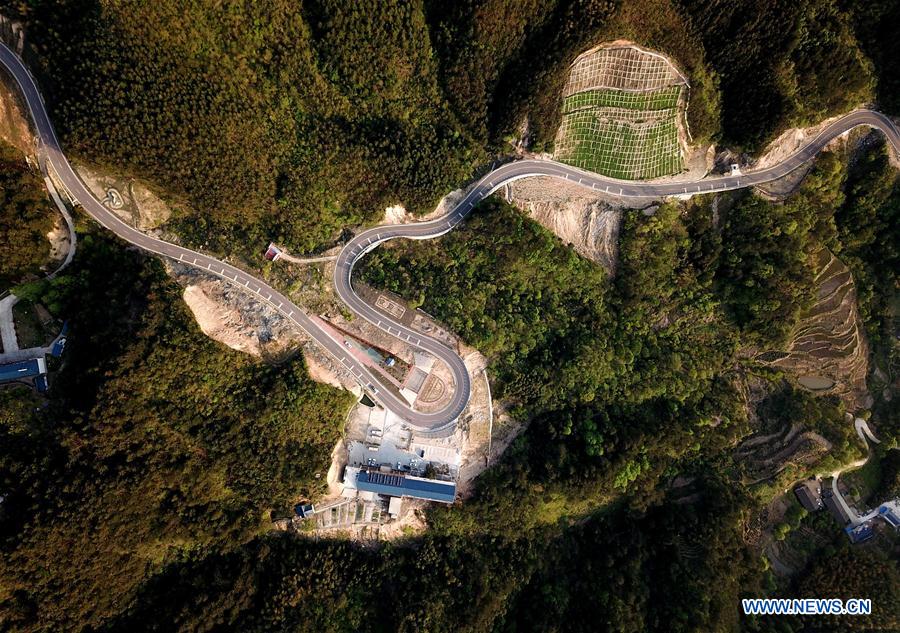
The fight against poverty has pushed down the number of rural poor – as defined by the current standards – from 98.99 million in 2012 to 16.60 million in 2018 and contributed to a fall of 13.86 million in 2018 compared with 2017. An average decrease of 10 million per year since 2012 will lift all people in rural areas living in absolute poverty (as defined by the current standards) out of poverty by the end of 2020. This is a multi-dimensional goal, requiring that all people have an income higher than 2300 yuan in 2021, sufficient food and clothing, access to education and basic healthcare, and a safe home. Realization of the goal will make absolute poverty, which China has grappled with for so long, a thing of the past.
But even after the goal is reached, we still have to regard poverty reduction in rural areas as a critical mission. Providing the means of subsistence for all is an incredible achievement for any society, but poverty will not disappear as being poor is a relative concept. Economic and social development will push the poverty line up but will not eliminate poverty. Additionally, relative poverty will continue in rural areas in the form of disparities in income and access to public services, education and healthcare between rural and urban areas, regions and groups. How these features of poverty evolve should be taken into account when poverty reduction policies are made.
China began its poverty reduction campaign in rural areas in the mid-1980s. As an underdeveloped economy with a large poor rural population and widespread poverty in certain areas, it was impossible then for the nation to employ transfer payments. In this context, the Chinese government adopted its development strategy for rural areas, trying to motivate the poor to produce more. While transfer payments and public service improvements have played an increasingly important role in poverty alleviation since this century, the development strategy remains a key element of policy making and implementation. In other words, the government has been focusing on helping the poor. This is apparent in the evolution of its policy from targeting regions to targeting villages and now to targeting specific poor households and creating individual profiles for them. To a large extent, from national to county level, China’s poverty reduction goals and related measures are about practical help to those living in poverty. Since the beginning of the new century, the underlying reasons for poverty in rural China have changed and drawn the attention of the central government. Policies involving improving infrastructure, education, healthcare, and social security have been put in place to prevent poverty, and in the fight against poverty, China’s actions have essentially entered a stage of integrating poverty reduction with prevention. Despite these changes, however, the general framework is still centered on poverty reduction when it comes to overall planning and the allocation of resources.
As mentioned above, absolute poverty is expected to be a thing of the past and subsistence poverty will no longer feature in Chinese society. Apart from a small group with special difficulties who need policy support, the majority of the poor need to achieve a decent standard of living through economic development to create wealth. This means that the nation needs to adjust its poverty reduction strategy.
Elimination of absolute poverty according to current standards calls for a policy adjustment from helping the poor to avoiding poverty. The sustainability of the progress China has made and will achieve depends on a long-term mechanism to avoid any return to poverty and any re-growth of the poor population. As President Xi Jinping has said, in poverty reduction we should not only focus on short-term problems, but also develop a sustainable long-term mechanism. Therefore, adjustments are required in strategy and policies to avoid the two aforementioned problems. This can be done by means of the following measures:
First, as absolute poverty will be eliminated, the institutions of governance need to shift from reducing poverty to preventing poverty.
Second, after 2020 the focus of the strategy needs to be on underlying causes of poverty. The key to effective long-term poverty prevention in rural areas lies in bridging the gap in development between regions and in public services between rural and urban areas, providing more employment for farmers, and developing a market system conducive to the poor.
Third, more preschools should be established in poor areas and the professionalism of teachers needs further improvement. These are two ways to break the cycle of poverty transmission.
Fourth, the number of doctors and sanitary facilities should be increased in poor areas. With clinic coverage of less than 30% and huge shortage of medical personnel, the poor population has insufficient access to healthcare and is vulnerable to disease. So an increase in facilities and personnel is important for the rural poor population.
Fifth, the subsistence security system, a key poverty prevention mechanism, should be improved in rural areas. With the current broad-brush coverage of the system, it is hard to focus on those with special difficulties. Therefore the definition of targeted groups should be clarified in a strict way, the scope needs to be narrowed, and the level of social security for these groups should be increased. Through these measures we should allow the system to become a real safety net for those people.
The author is a professor with the China Agricultural University and a member of the Expert Advisory Panel for the State Council Leading Group Office of Poverty Alleviation and Development.
The article was written in Chinese and translated by Chen Lufan.
Opinion articles reflect the views of their authors, not necessarily those of Chinagate.